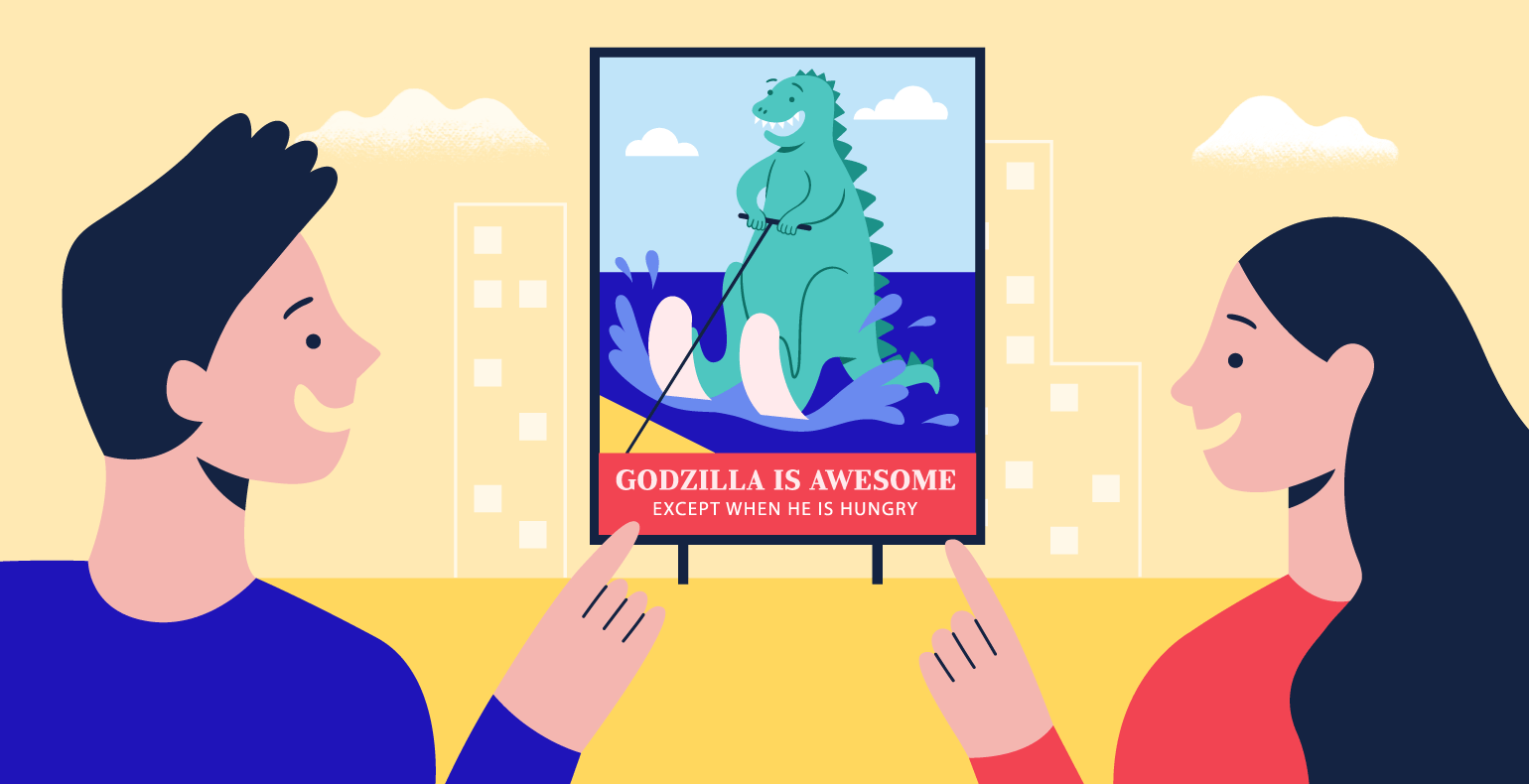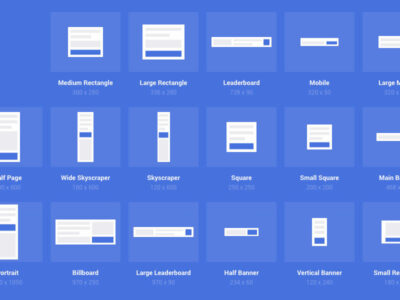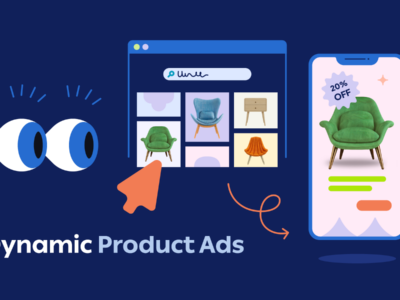What is creativity in advertising? A fitting question that I read in many interviews with creative people from advertising. The answer? One equally fitting.
To start with, you just can’t talk about creativity and advertising as they’ve come from different rooms. Why? Because advertising simply cannot exist without creativity and creativity needs advertising in order to be promoted.
In fact, advertising itself should mean creativity.
When it comes to publicity, or advertising, the following factors are taken into account: advertising must sell and creativity is the way through which the wolf (i.e. advertising) dresses up in a sheep’s wool and infiltrates the flock (i.e. the public) to satisfy its animal needs (i.e. to sell).
In my opinion, we should make an effort and try to find the steps that would help us understand what creativity in advertising means – and this will rightfully lead our steps throughout the creation of a creative campaign.
Think outside the box – a motivational quote for advertising beginners.
But when we end up dulling our elbows in our offices and taking liters of caffeine into our veins, then we come to ask whether this “box” that is talked about at the beginning has the same dimensions, same colors, same form and the list could go on and on.
In fact, the box that requires us to think outside of it has come to help us to think creatively the moment when we get frustrated with silly questions, perhaps too philosophical or too common for an industry that is meant to change ideas, opportunities, companies, cultures and even lives.
I read an article in Harvard Business Review that says the following things about creativity in advertising and points out the importance of a message that’s meant to sell:
But are creative ads more effective in inspiring people to buy products than ads that simply catalogue product attributes or benefits? Numerous laboratory experiments have found that creative messages get more attention and lead to positive attitudes about the products being marketed, but there’s no firm evidence that shows how those messages influence purchase behavior.
Similarly, there is remarkably little empirical research that ties creative messaging to actual sales revenues. Because product and brand managers—and the agencies pitching to them—have lacked a systematic way to assess the effectiveness of their ads, creative advertising has been a crapshoot.
And we can take from the article the analysis of creativity in terms of originality, flexibility, consolidation, artistic value, etc.
Of course, it’s just some opinions of people working in the field who see creativity from their own perspective. But still, it’s interesting to analyze these articles and bibliographies on creativity. Why? Because you can easily figure out how small, large, black, white, cornered, full, empty their box is (remember outside the box?).
So then, the question pops up again – what defines creativity in an industry like advertising?
Today we can talk about a minimum of two metrics that help us analyze how creative a brand’s campaign is: from the perspective of its virality in the digital area, and most importantly, the financial profit brought through the campaign (if we’re talking in terms of a brand or a CMO).
1. Creativity in the digital area

Lately we can say that the digital industry has brought a great contribution to the analysis of creativity in advertising. Furthermore, advertising has changed a lot because the common man is now using the Internet on a daily basis.
From the gigantic computer you had on your desk when you came home up to a mobile phone, hidden somewhere in your pocket that gets you closer to anyone in the world with a simple press of a button: connect – login – contact.
But the Internet world has changed 180 degrees the moment the social media effect made its way among those born around 1985-1990 – the ones working nowadays in multinational companies or leading their own digital communication agencies. These young people are the factor that helps a brand be creative in digital advertising. How? By the mere fact that it offers a certain authority. How does this authority translate? Share, Like, ReTweet, Comment- i.e. a viral authority. That’s right.
This community of people helps a brand go viral or not. And this is how brands end up on their friends of friends of friends’ screens.
If 10, 15 years ago we were talking about the real world impacting the virtual world, today, we can see the roles reversed – with the virtual and digital world having a major impact on the real world. And brands know this, they are aware of this fact and have started investing plenty of money for the internet consumer’s attention.
So today, online advertising campaigns are no longer limited to just an ad on a web page, to a banner ads campaign somewhere lost in a news publication. Brand campaigns today have come to be more and more native and closer to the man, so that he should see the brand as one of the friends that he follows in his list of virtual friends.
Campaigns made with online content creators – bloggers or vloggers, people who come to affect generations through their ideas, thoughts and their comments; influencers who built their own communities becoming small virtual stars in the process.
And in the end it all comes down to money, but the question is this: can creativity be affected by money?
2. Financial profit brought through creativity

Some would answer the question with yes and others with no, but for me, true creativity will never be affected by money, but only by the decisions of the customer who does not believe in the campaign or in the idea that advertiser has tried to sell.
And even though Ogilvy believes that creativity must sell, I would like to contradict him.
The moment Mr. Ogilvy said the quote “if it doesn’t sell, it isn’t creative” he forgot to take into account the following things: that today we live in a digital world where people are far more sensitive to advertising than back in his days, that people no longer have the time to look at an ad in a magazine or at a billboard and that today people have become smarter.
[Tweet “The difference is made by the community you are trying to sell a brand to. “]
So the advertiser’s goal is to find creative means to make a man sensitive to his brand – to make one stop and follow the brand, and even interact with the brand.
Creativity in advertising is changing every day, in every concept, with every individual living a unique and personal experience with it. Creativity may be limited (if the right questions are not asked) but at the same time it can be unlimited and, if you give it a free road to reach the heart of the consumer in its own way, it can also be seducing.
Creativity can be measured, it can be divided and it can be spread out in every direction.
But when the creativity of a brand reaches a community, it will surely have a positive effect as it will be transformed, reproduced and reinvented by your brand’s community.













Website design must have friendly and use proper color combination to make better designing. Very nice information.